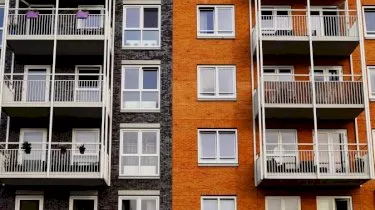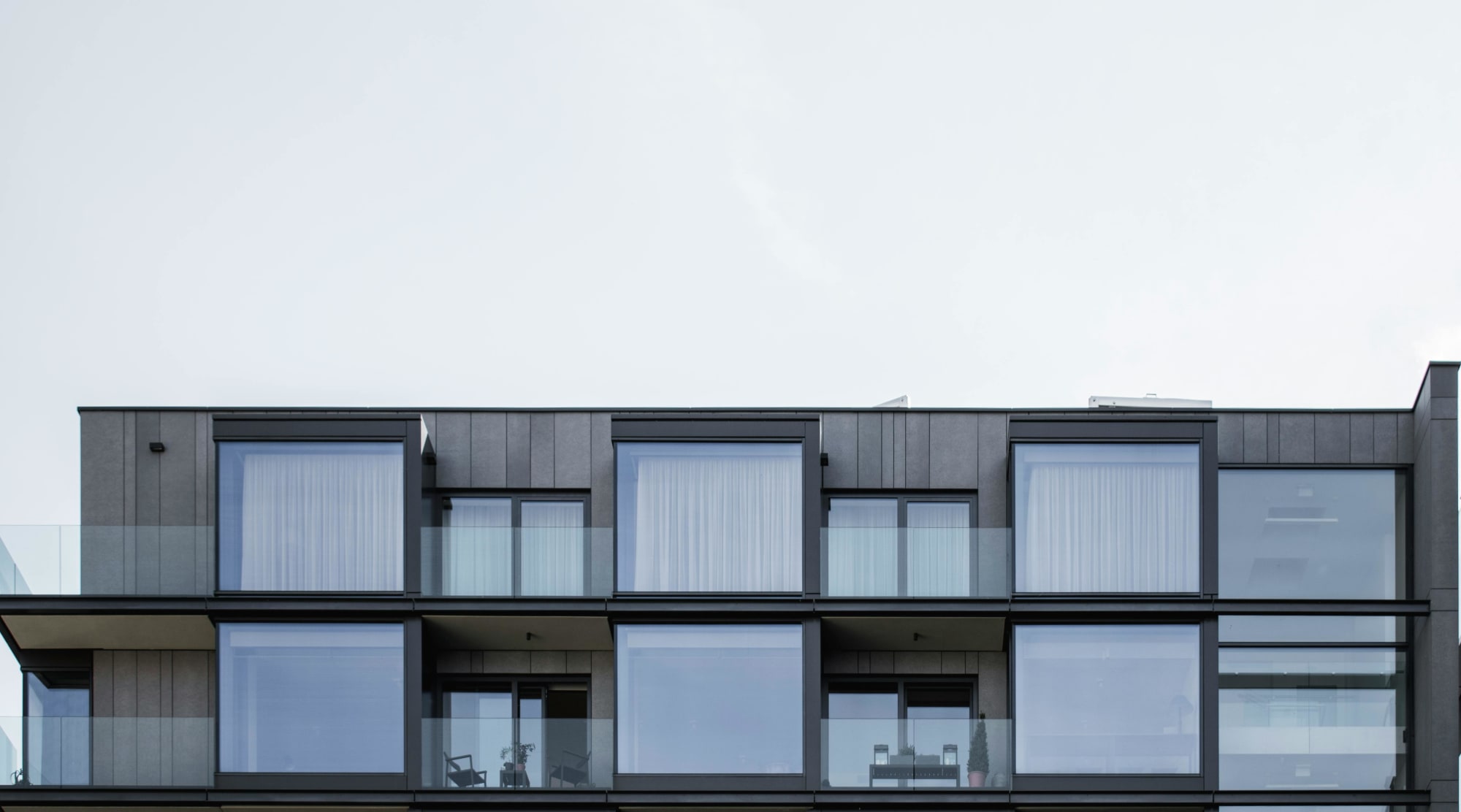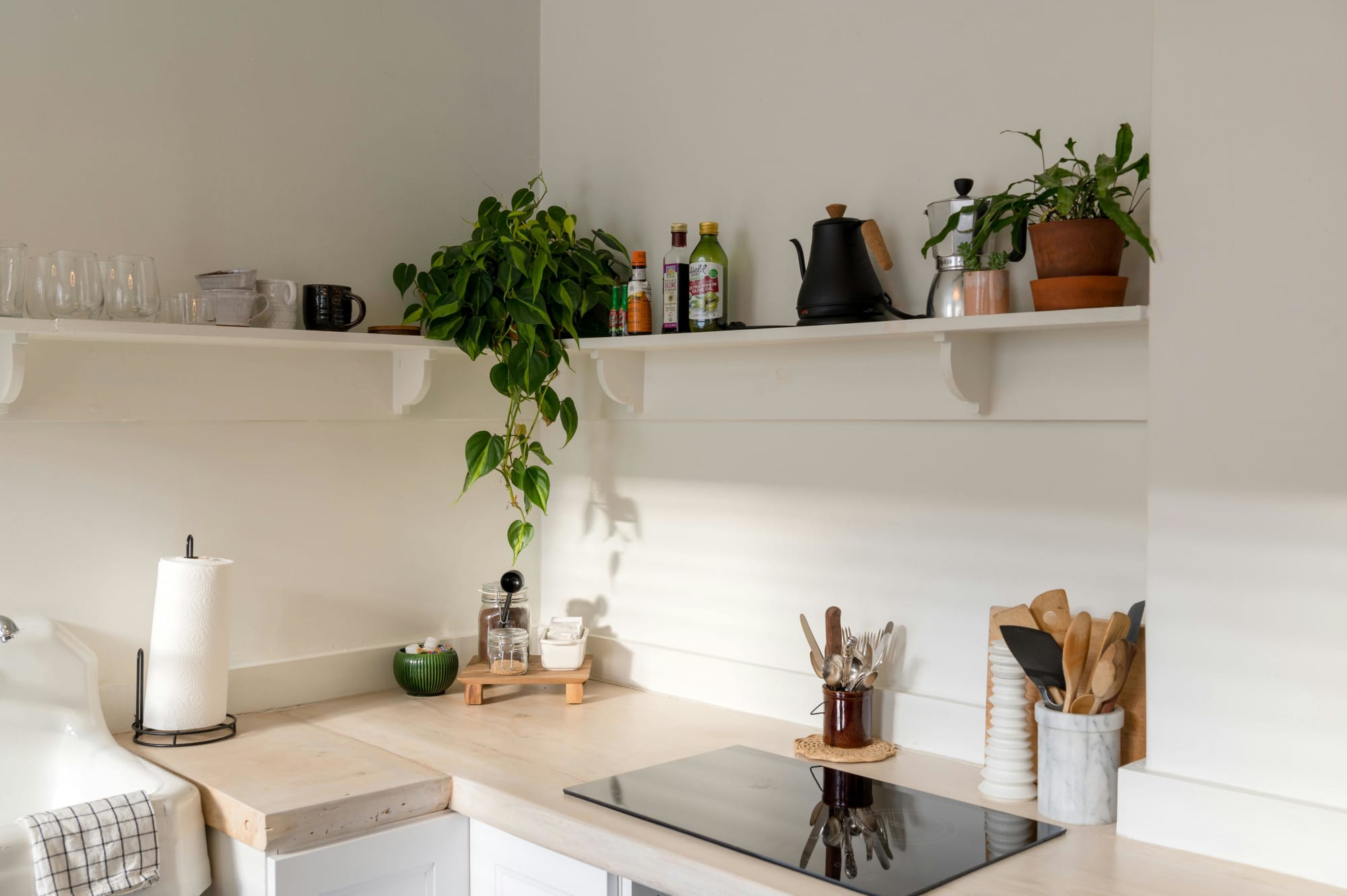Invest
Residential building faring better than expected, but good times not predicted to last
Invest
Residential building faring better than expected, but good times not predicted to last
Data from the ABS released yesterday indicates new home building slid back during the September quarter but was still significantly higher than at the same time last year.
Residential building faring better than expected, but good times not predicted to last
Data from the ABS released yesterday indicates new home building slid back during the September quarter but was still significantly higher than at the same time last year.

According to the figures on Construction Work Done, new residential building dropped by 1.8 per cent throughout the quarter but saw an improvement of 4.7 per cent on a year earlier.
Such findings corroborate those of Master Builders Australia’s recent National Survey of Building and Construction, which found residential building activity fell by 4.8 index points in the September quarter, while industry optimism towards future builds also dropped by 1.9 per cent.
“New home building held up well during the September 2018 quarter despite the tougher market conditions,” Master Builders Australia chief economist Shane Garrett said.
“Surprisingly, the apartment/unit side of the market put in a strong performance and came close to surpassing its busiest quarter on record.”

The high rate of new apartment builds was highlighted last week in ABS data commissioned by CommSec.
According to the stockbroking firm’s Home Size Trends Report, the average new home built over the past year is 186.3 square metres, the smallest since 1996.
CommSec chief economist Craig James said this was indicative of increased demand for apartments.
“With the average number of people in homes falling and population rising, there is a need for a greater number of smaller homes to be built. There are still few concerns about broader or localised housing oversupply,” he said.
The ABS data also found that work on detached houses fell by a considerable 3.2 per cent compared with the previous quarter.
According to CommSec’s previous report, NSW may be a key contributor to this substantial drop, as the number of new stand-alone homes built in the state decreased to just 43 per cent in 2017-18.
“The performance of residential building has proven more resilient than expected in light of the unfolding credit crunch and less favourable conditions in Australia’s largest housing markets,” Mr Garrett said.
Echoing the sentiments reflected in Master Builder’s earlier survey, Mr Garrett said he does not expect the building market to continue its rally against tougher market conditions.
“Going forward, we do expect the tougher financial environment to take its toll on the volume of new home building over the next few years. Larger apartment projects will probably see the biggest reduction,” he said.
He called on the federal government to hand down support for the building industry in the upcoming budget, to ensure residential building supply can continue to meet demand.
“With the federal budget set be delivered earlier next year, it is important that it includes measures to support our sector’s capacity to meet the building needs of a steadily growing population.”

Property
Navigating the crunch: A 2025 case study of Australia’s housing market and the operators who outperformed
Australia’s 2025 property market was defined by a stubborn supply squeeze and cost-of-living pressure—tempered by rate cuts and targeted incentives. Yet a cohort of developers, lenders and agencies ...Read more

Property
Australia’s mortgage rebound: a 19% surge that reshapes pricing, risk and distribution
New APRA figures show new home lending jumped 18.9% in the September quarter year-on-year, signalling a demand recovery despite elevated rates. The upswing intensifies a three-way contest between ...Read more

Property
Short stays lose their shine: Why Australian investors are quietly pivoting to long‑term rentals
Australian buyers once lured by short-stay yields are shifting capital to long-term rentals. The driver isn’t sentiment; it’s operating economics under pressure from platform concentration, compliance ...Read more

Property
New investment platform Arkus allows Australians to invest in property for just $1
In a groundbreaking move to democratise investment in property-backed mortgage funds, GPS Investment Fund Limited has launched Arkus™, a retail investment platform designed to make investing ...Read more

Property
Help to Buy goes live: What 40,000 new buyers mean for banks, builders and the bottom line
Australia’s Help to Buy has opened, lowering the deposit hurdle to 2 per cent and aiming to support up to 40,000 households over four years. That single policy lever will reverberate through mortgage ...Read more

Property
Australia’s mortgage knife‑fight: investors, first‑home buyers and the new rules of lender competition
The mortgage market is staying hot even as rate relief remains elusive, with investors and first‑home buyers chasing scarce stock and lenders fighting for share on price, speed and digital experienceRead more

Property
Breaking Australia’s three‑property ceiling: the finance‑first playbook for scalable portfolios
Most Australian investors don’t stall at three properties because they run out of ambition — they run out of borrowing capacity. The ceiling is a finance constraint disguised as an asset problem. The ...Read more

Property
Gen Z's secret weapon: Why their homebuying spree could flip Australia's housing market
A surprising share of younger Australians are preparing to buy despite affordability headwinds. One in three Gen Z Australians intend to purchase within a few years and 32 per cent say escaping rent ...Read more

Property
Navigating the crunch: A 2025 case study of Australia’s housing market and the operators who outperformed
Australia’s 2025 property market was defined by a stubborn supply squeeze and cost-of-living pressure—tempered by rate cuts and targeted incentives. Yet a cohort of developers, lenders and agencies ...Read more

Property
Australia’s mortgage rebound: a 19% surge that reshapes pricing, risk and distribution
New APRA figures show new home lending jumped 18.9% in the September quarter year-on-year, signalling a demand recovery despite elevated rates. The upswing intensifies a three-way contest between ...Read more

Property
Short stays lose their shine: Why Australian investors are quietly pivoting to long‑term rentals
Australian buyers once lured by short-stay yields are shifting capital to long-term rentals. The driver isn’t sentiment; it’s operating economics under pressure from platform concentration, compliance ...Read more

Property
New investment platform Arkus allows Australians to invest in property for just $1
In a groundbreaking move to democratise investment in property-backed mortgage funds, GPS Investment Fund Limited has launched Arkus™, a retail investment platform designed to make investing ...Read more

Property
Help to Buy goes live: What 40,000 new buyers mean for banks, builders and the bottom line
Australia’s Help to Buy has opened, lowering the deposit hurdle to 2 per cent and aiming to support up to 40,000 households over four years. That single policy lever will reverberate through mortgage ...Read more

Property
Australia’s mortgage knife‑fight: investors, first‑home buyers and the new rules of lender competition
The mortgage market is staying hot even as rate relief remains elusive, with investors and first‑home buyers chasing scarce stock and lenders fighting for share on price, speed and digital experienceRead more

Property
Breaking Australia’s three‑property ceiling: the finance‑first playbook for scalable portfolios
Most Australian investors don’t stall at three properties because they run out of ambition — they run out of borrowing capacity. The ceiling is a finance constraint disguised as an asset problem. The ...Read more

Property
Gen Z's secret weapon: Why their homebuying spree could flip Australia's housing market
A surprising share of younger Australians are preparing to buy despite affordability headwinds. One in three Gen Z Australians intend to purchase within a few years and 32 per cent say escaping rent ...Read more








